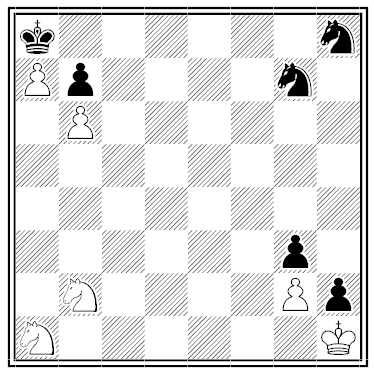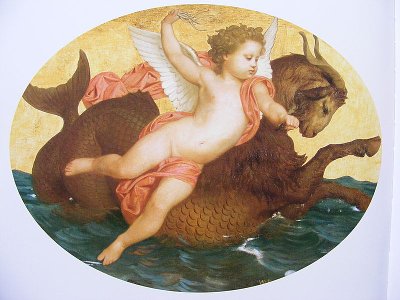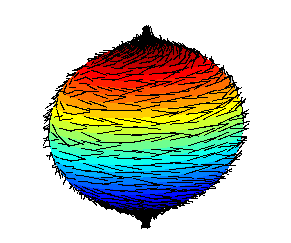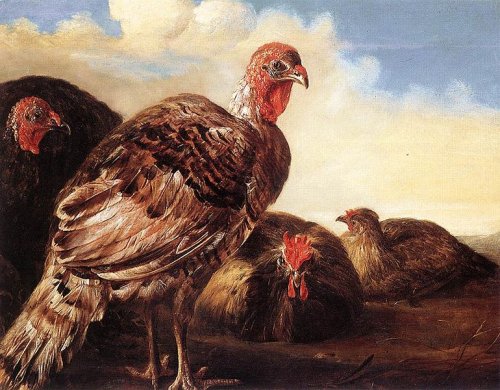
This puzzle, by Les Marvin and Sherry Nolan, appeared in the Journal of Recreational Mathematics in 1977. “White to play in the adjoining diagram. If both players play optimally, will White win, lose, or draw?”
I don’t believe JRM ever published the solution. My stab: Either king is vulnerable to a check from the bishop file, and White will win a straight race. So I think Black must play defense. But if White attacks c7 with both knights and Black defends it doubly, then White can simply trade off all four knights (1. Nc7+ Nxc7 2. Nxc7+ Nxc7 bxc7) and the pawn will queen. So I think White wins.
This isn’t a very “mathematical” solution, but I can’t find a reliable alternative involving the parity of the knights’ moves, which seems to be what’s expected. Any ideas?
06/06/2014 UPDATE: A reader ran this position through a couple of strong chess engines and finds that it’s likely a draw — here’s one example:
[Event “?”]
[Site “?”]
[Date “????.??.??”]
[Round “?”]
[White “?”]
[Black “?”]
[Result “*”]
[FEN “k6n/Pp4n1/1P6/8/8/6p1/1N4Pp/N6K w – – 0 1”]
1.Nd1 Nf7 2.Nc2 Ne5 3.Nce3 Nd7 4.Nd5 Nxb6 5.Nxb6+ Kxa7 6.Nc8+ Ka6 7.Ne3 b5 8.Nd6 b4 9.Ne4 Nh5 10.Nc2 Kb5 11.Nxb4 Kxb4 12.Nxg3 Nxg3+ 13.Kxh2 Nf1+ 14.Kh3 Ne3 15.g4 Kb3 16.g5 Nd5 17.g6 Nf4+ 18.Kg3 Nxg6
There doesn’t seem to be a sure way for either side to reach a win. I suspect that Marvin and Nolan thought otherwise, but they were writing in 1977, without the benefit of computer analysis. Without a published solution, we can’t be sure.
(Thanks, Emilio.)





